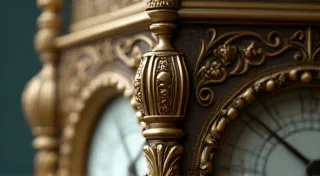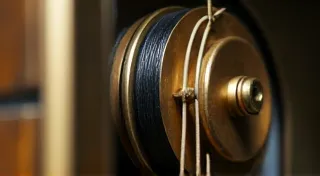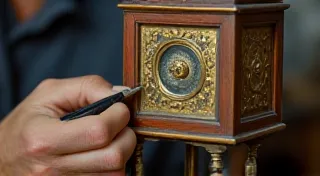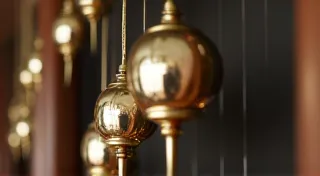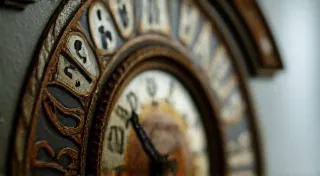Cleaning and Preserving Delicate Clock Finials and Ornamentation
Antique clocks are more than just timekeeping devices; they're intricate works of art. Often overlooked, the finials and ornamentation that adorn these clocks are particularly vulnerable to damage and deterioration. Proper cleaning and preservation are essential to maintaining their beauty and value. This guide provides detailed techniques for safely handling and caring for these delicate features.
Understanding the Materials
Before you begin, it's vital to identify the materials used in the finials and ornamentation. Common materials include:
- Gilt Bronze/Brass: Often heavily layered with gilding (a thin layer of gold).
- Wood: Can be painted, stained, or intricately carved.
- Composition (Gesso): A mixture of plaster, glue, and pigments, often covered in gold leaf. Very fragile.
- Ivory: Less common, but a treasured element requiring specialized care.
- Glass/Crystal: Often found as part of the finial design or within ornamentation.
Misidentifying the material can lead to irreversible damage. If unsure, consult a clock restoration professional.
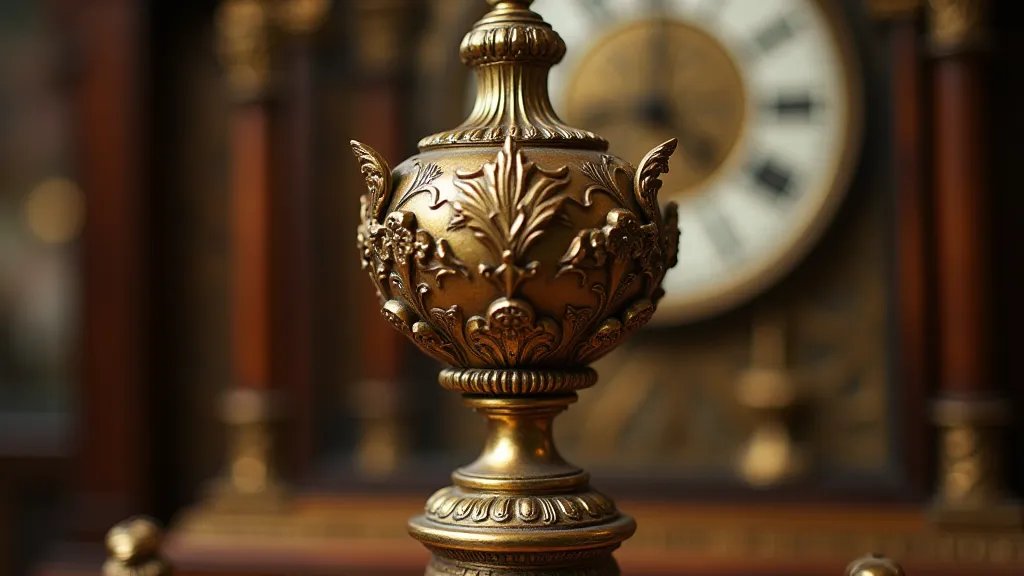
Gentle Cleaning Techniques
The cornerstone of preservation is gentle cleaning. Harsh chemicals and abrasive methods are strictly forbidden.
Dust Removal
Begin by removing loose dust and debris. A soft, clean brush (like a sable artist's brush) is ideal. Work in the direction of the ornamentation, being careful not to scrub or apply excessive pressure. A low-powered vacuum cleaner with a brush attachment can also be used, but keep the nozzle slightly away from the surface.
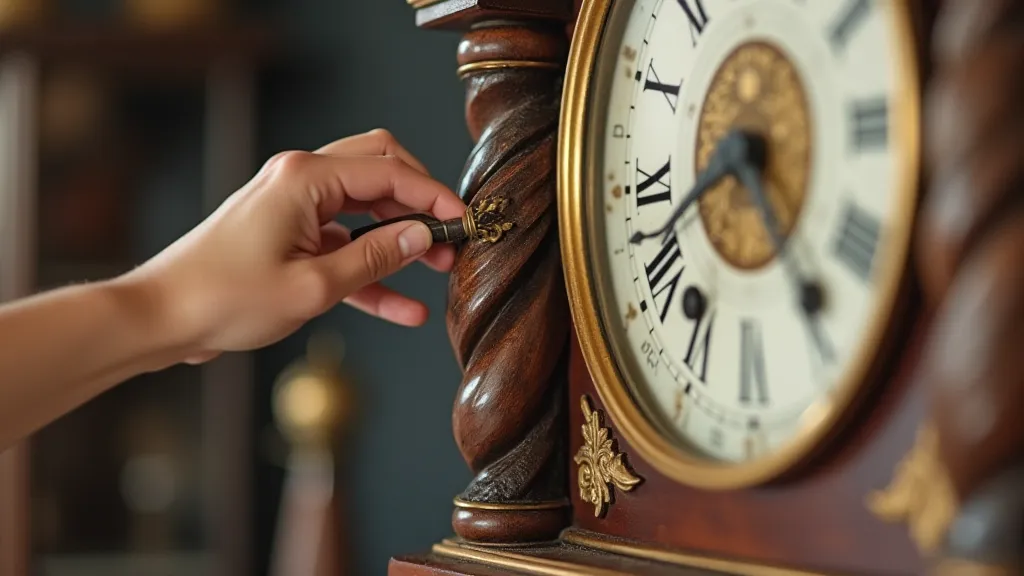
Mild Cleaning Solutions
For more stubborn dirt, a very mild cleaning solution can be used, but with extreme caution. A mixture of distilled water and a tiny amount of pH-neutral soap (specifically formulated for antiques) is recommended. Apply the solution with a barely damp cloth, gently wiping the surface. Never soak the ornamentation.
Important Note: Always test the cleaning solution on an inconspicuous area first to ensure it doesn't damage the finish.
Cleaning Gilded Surfaces
Gilded surfaces are particularly sensitive. Excessive cleaning can easily remove the thin layer of gold. Often, a simple dry cleaning with a soft brush is sufficient. If more is needed, a specialized gold cleaning cloth can be used, following the manufacturer's instructions carefully.

Preservation and Protection
Once the ornamentation is clean, focus on preservation.
Avoiding Environmental Damage
Protect clocks from direct sunlight, which can fade finishes and dry out wood. Avoid exposure to high humidity, which can cause corrosion and warping. Keep clocks away from sources of heat and drafts.
Waxing (with caution)
For certain finishes (particularly on wood), a thin coat of microcrystalline wax can provide a protective layer. However, this is best left to professionals, as improper application can create a cloudy or uneven finish.
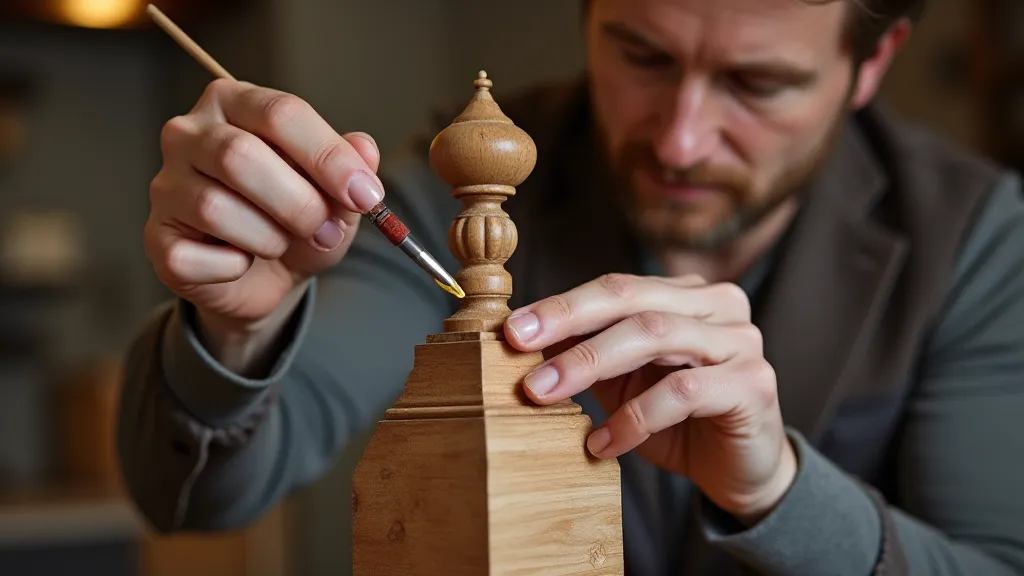
Professional Restoration
If the finials or ornamentation are severely damaged, or if you're uncomfortable performing the cleaning and preservation yourself, consult a professional clock restoration expert. They have the knowledge and tools to safely repair and restore these delicate features.
Conclusion
Cleaning and preserving the delicate finials and ornamentation on antique clocks requires patience, care, and a thorough understanding of the materials involved. By following these techniques, you can help ensure that these beautiful elements remain a cherished part of your clock's history for generations to come.

